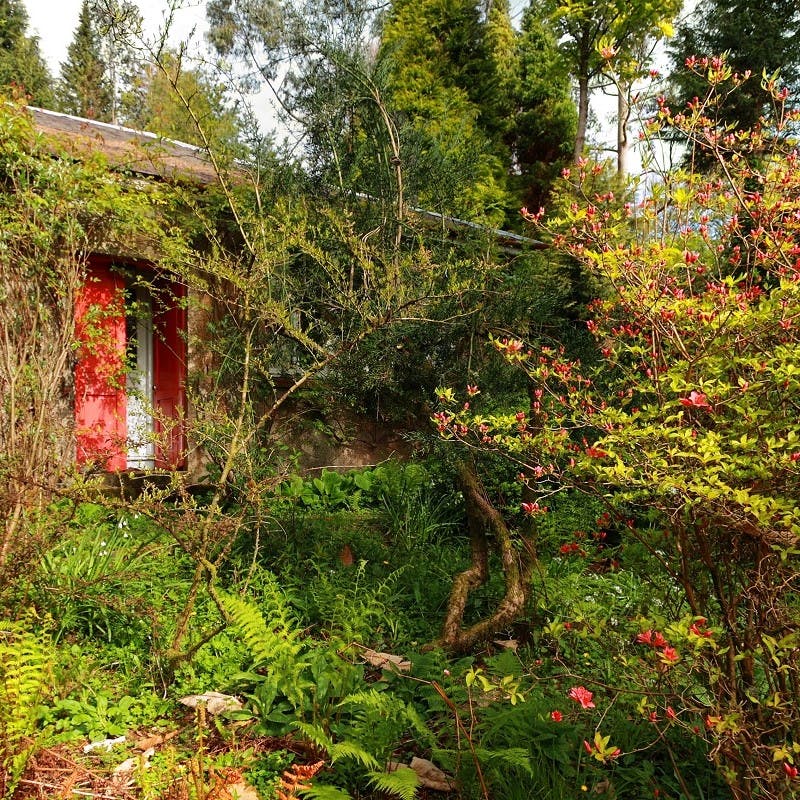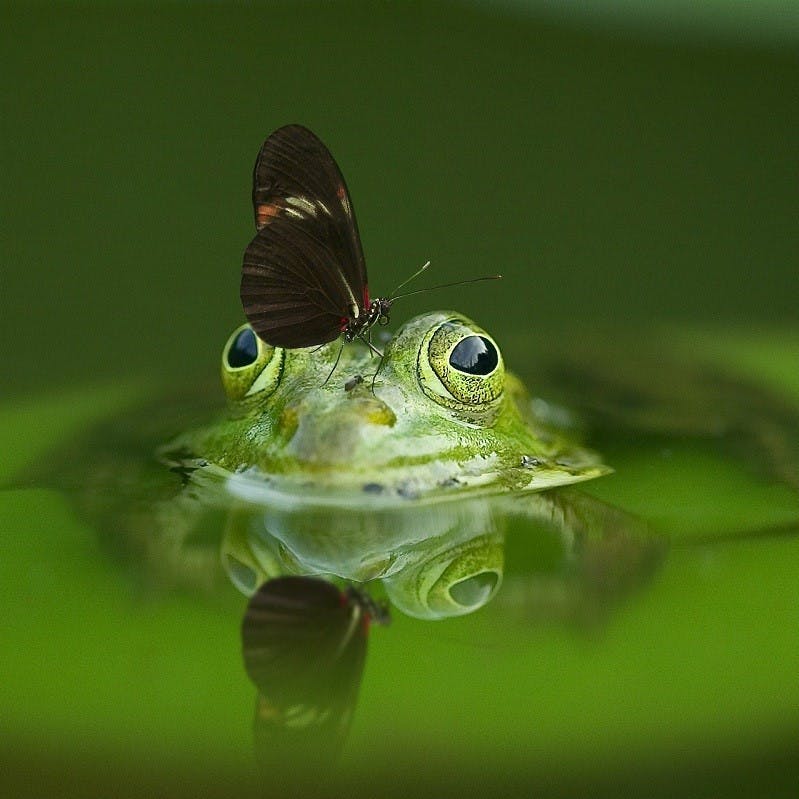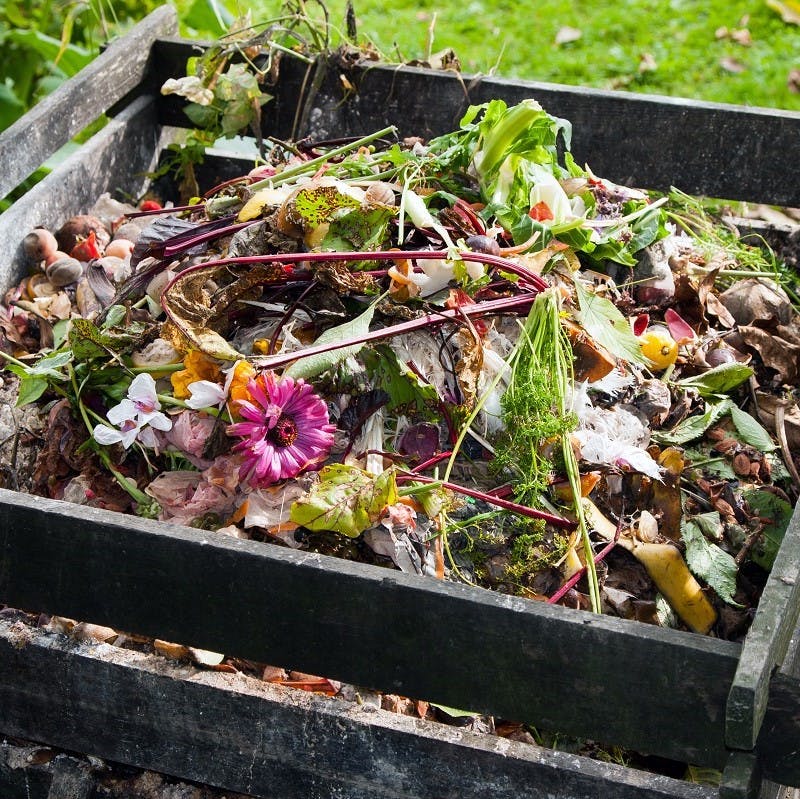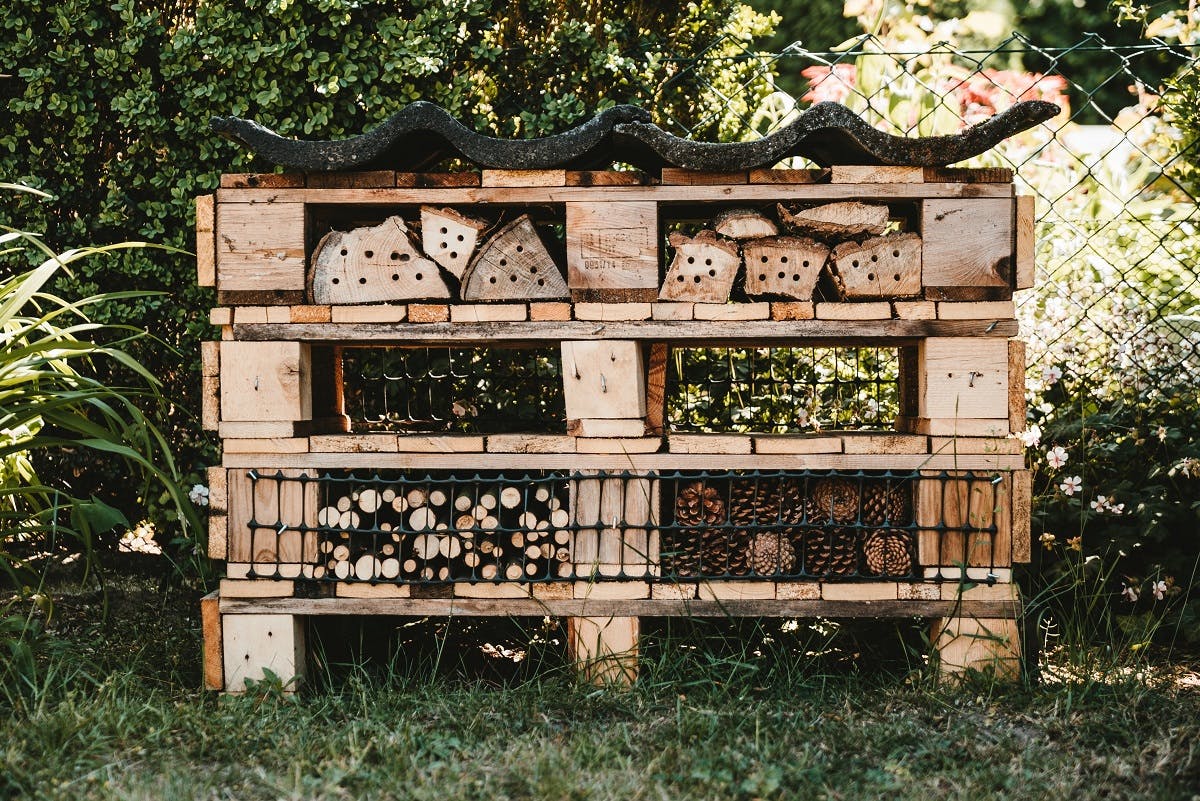The rewilding movement can often feel beyond our reach. It’s usually associated with vast landscapes of remote wilderness and large carnivores. While this is often the case, we can apply rewilding principles to our own lives. By rewilding your garden, balcony, or window boxes, you can help native plants and animals, no matter how small the area. Here, we’ve put together a list of things you can do to rewild your outdoor space.
Take a step back
Relax your mindset
Let your outdoor space get a little wild. We’re often used to the idea of tidy gardens but too much manicuring can strip your garden of its ecological value. Letting nature take its course in your garden space can provide food and habitat for a variety of species.
Rewild your lawn
If you have an area of grass, let it grow fairly tall before you cut it to provide shelter for wildlife. Let native flowers self seed on your lawn to provide pollinators with food, in turn attracting birds and other predators to your garden.
Woodpiles and compost
Leaving piles of wood and leaves to rot provides habitat for an abundance of invertebrates, fungi, and moss and can provide a sustainable source of compost.


Take action now
Do you want to have a direct impact on climate change? Sir David Attenborough said the best thing we can do is to rewild the planet. So we run reforestation and rewilding programs across the globe to restore wild ecosystems and capture carbon.
Get involvedPlant the right way
Insect friendly plants
Garden centres will often advertise which species are good for bees, butterflies and other native insects. Providing food for pollinators will attract birds and other predators and create a thriving ecosystem in your backyard. If you live in a flat, fill a window box with insect friendly plants to attract bees and butterflies.
Native vs non-native plants
Non-native plants that are closely related to our native species can provide a wealth of benefits to local wildlife. Planting native species, however, will avoid problems with non-natives becoming invasive and will improve that chances that your garden will thrive in the local climate. If you decide to plant native species, make sure they are of genuine native stock and sourced legally.
Create wildlife corridors
Areas of concrete and short grass represent a barrier to wildlife movement. Plant borders and pathways to create a wildlife corridor for small mammals like hedgehogs.

Decorate
Install feeders and nest boxes
Encourage birds into your garden with feeders and boxes to nest in. Also consider planting fruit bearing trees to attract birds and squirrels. Install a bug hotel where native insects can lay their eggs. If you’re in an area with hedgehogs, you could also install a hedgehog hut.
Build a pond
If you have an area large enough, consider rewilding your garden with a water feature. A pond can provide habitat for a variety of amphibians and invertebrates. It’s also a source of water for small mammals and birds. You can create a pond with as little as a bucket and a few aquatic plants.

Think Sustainably When You Rewild Your Garden
To create a sustainable outdoor area, recycle where possible, collect rainwater to use in place of tap water, and ensure your compost is peat-free. If you can, consider making your own compost. Propagate your own plants by buying seed packets or taking cuttings to avoid buying unnecessary plastic pots. Consider the 'no-dig method' of gardening that relies on the natural processes taking place within undisturbed soil. Proponents claim that by avoiding disrupting the soil life, beneficial organisms and microbes are able to provide nutrients and moisture to the growing plants. Our actions can have an impact on the natural world beyond our garden. These tips are designed to help you not just minimise your negative impact on the planet, but make positive impact on the world's flora and fauna right in your back garden.


Glossary of terms
Ecological Value: From a given area, these values are determined to what the area benefits humans or animals. It is what the natural spaces provide and how we prosper from them. These values could include, clean air, clean water and good soil.
Invasive Species: Any foreign species of plant or animal that do not naturally occur in the ecosystem. Most often transferred by humans who release them unknowingly into an ecosystem they were not meant to be in and can cause ecological chaos.
Native Plants: Plant species that evolved and naturally adapted to an ecosystem. They are what many native animal species rely on for food as well as most suited for the local soil.
Pollinators: Any animal species that carry pollen from one plant, to another, thus transferring the male gamete, to the female plant, ensuring fertilization. Bees are most commonly associated with being pollinators however they are also, moths, flies, beetles, birds and over 1,500 vertebrate species.
Wildlife Corridors: The construction of safe passageways for animals to cross without being endangered by human activity. They are essential at providing a safe passage for animals who are migrating as well as to ensure wildlife populations can move freely between habitats without harm.
Sources & further reading

- “How to rewild your garden: ditch chemicals and decorate the concrete” - The Guardian
- “Bee friendly plants for every season” - Friends of the Earth
